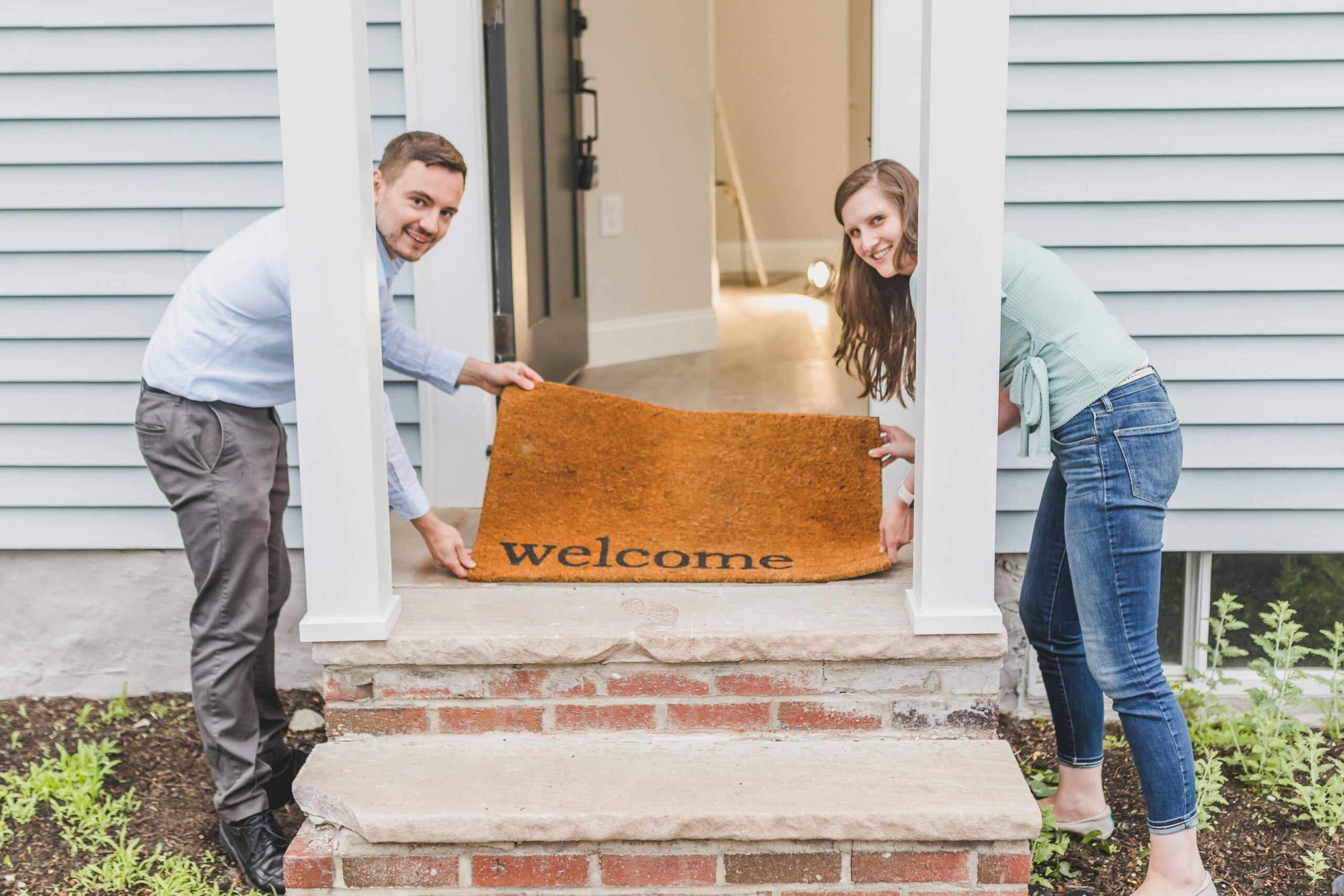Your home page isn’t just the front door of your online store—it’s your handshake, your first impression, your “why you should care” moment. In less than five seconds, it has to convince a stranger they’re in the right place, show them what your store is about, and point them toward something they’ll want to buy.
Most home-based ecommerce sellers completely blow this. They either clutter the page with meaningless noise or forget to say anything useful at all. A good-looking site doesn’t matter if it’s slow, confusing, or doesn’t get people moving toward a sale. And if you think buyers are patient enough to click around and “figure it out,” you’re wrong. They’ll hit the back button and never come back.
So what should your home page actually do? Let’s break it down.
Start With Speed: Fast Pages Win Sales
Before we talk design, let’s talk speed. Your site could be beautiful, but if it takes more than a couple of seconds to load, it’s toast. According to Google research, the chance of someone bouncing from your site increases by 32% when load time goes from one second to three seconds. After five seconds, most people are gone.
Choose a reliable, fast hosting company that’s optimized for ecommerce. Use image compression tools to reduce file sizes without ruining quality. Don’t overload the homepage with unnecessary sliders, background videos, or giant graphics. This is not the place to show off. It’s the place to get people where they need to go—fast.
Clarity First, Then Design
Think of your home page as a billboard. It needs to communicate what you sell, who it’s for, and why someone should care—all in a glance.
The header area (what someone sees without scrolling) should answer three questions:
- What is this site about?
- Is this for me?
- What do I do next?
That means your store’s name or logo should be visible. Your tagline or a brief headline should make the niche obvious. And your top navigation bar should make it stupidly easy to find categories, best sellers, or contact information.
Avoid stuffing your page with endless copy or a dozen conflicting calls to action. A cluttered homepage is a confused homepage. Keep it focused and clean.
Guide the Customer Journey
Your home page isn’t just decoration—it’s a navigation hub. It should lead shoppers deeper into your store based on what they’re looking for. That means:
- Featured collections
- Best-selling items
- A clear, bold search bar
- Simple buttons or category links that tell people where to go next
Don’t expect visitors to dig through drop-down menus to find what they want. Give them options upfront, and make sure those options make sense based on what they’re likely to need first.
Lead With Value
Shoppers are looking for deals, solutions, or ideas. If your home page is just a logo and some product thumbnails, it’s missing the point. Show what’s in it for them. That could mean:
- A free shipping banner at the top
- A first-time buyer coupon offer
- A featured limited-time sale
- A short customer testimonial or review
You don’t need all of these, but you do need one clear reason for someone to stay. If you’re running a promotion or a giveaway, highlight it on the homepage. People need a reason to click deeper into your store.
Keep It Mobile-First
Most ecommerce traffic now comes from mobile devices. If your home page looks great on desktop but falls apart on a phone, you’re losing sales. Make sure:
- Text is readable without zooming
- Buttons are big enough to tap easily
- Navigation is clear on small screens
- Nothing loads too slowly on mobile data
Use a mobile-friendly theme, test your home page on your own phone, and fix anything that feels clunky or hard to tap. Mobile isn’t optional. It’s your main storefront.
Highlight What Makes You Different
If your store looks like every other Shopify site selling generic products, don’t expect shoppers to stick around. You need to show personality, clarity, and relevance. That doesn’t mean writing a novel. It means showing why your store is worth browsing.
Did you hand-select your product line? Are your items eco-friendly, family-tested, handmade, or unique in some way? Is there a story behind your store? Use a short intro paragraph or a visual callout to say so.
Buyers connect with people, not product grids. Give them a glimpse of who you are and why they should trust you.
Don’t Forget the Basics
Your home page also needs to include the nuts and bolts. That means:
- Your store logo or name
- Navigation to shop categories and About/Contact pages
- Visible trust elements (like secure checkout badges)
- Quick contact info or a help link
- A footer with links to return policies, FAQs, or your social media
It may seem obvious, but a surprising number of sellers skip these things—and they’re the pieces that build trust and credibility.
Make Your Homepage Work for You
Your home page isn’t a decoration. It’s a tool. Done right, it sets the tone, guides the buyer, builds trust, and gets people deeper into your store. Done wrong, it confuses visitors and kills your sales.
So stop thinking of it like an art project, and start thinking of it like a conversation. When someone lands on your homepage, what do they need to know? What do you want them to do next? What would make them feel confident, excited, and ready to shop?
Answer those questions, build your page around them, and you’ll turn more visitors into customers—no gimmicks, no fluff, just a clean, focused first impression that gets the job done.

